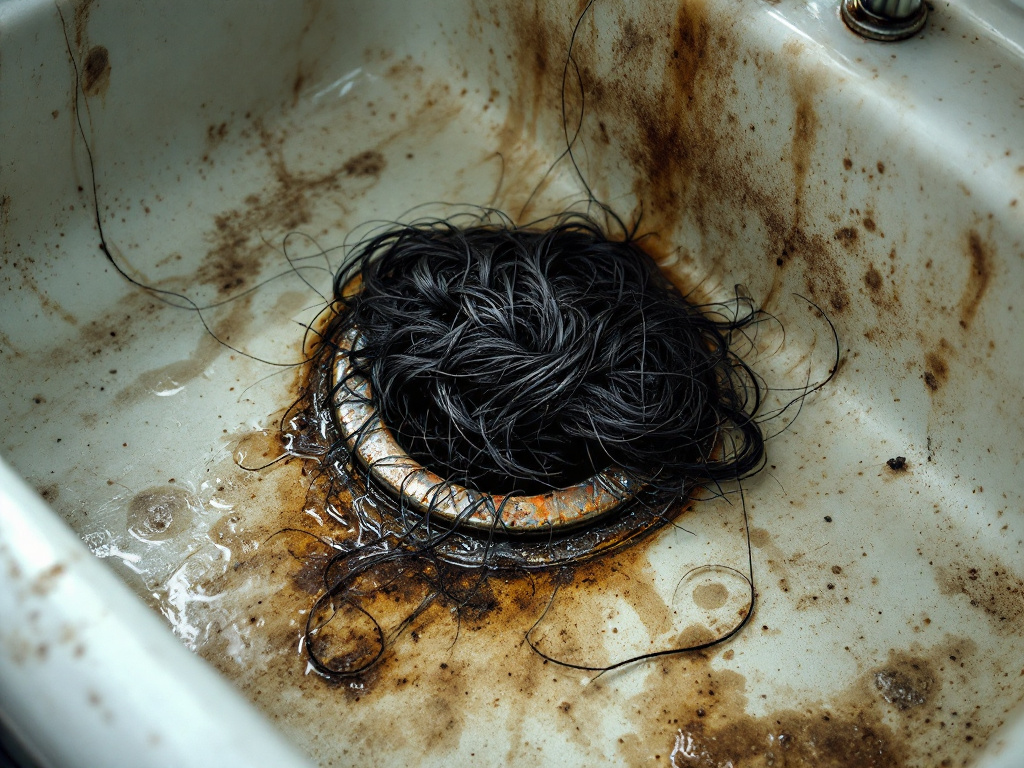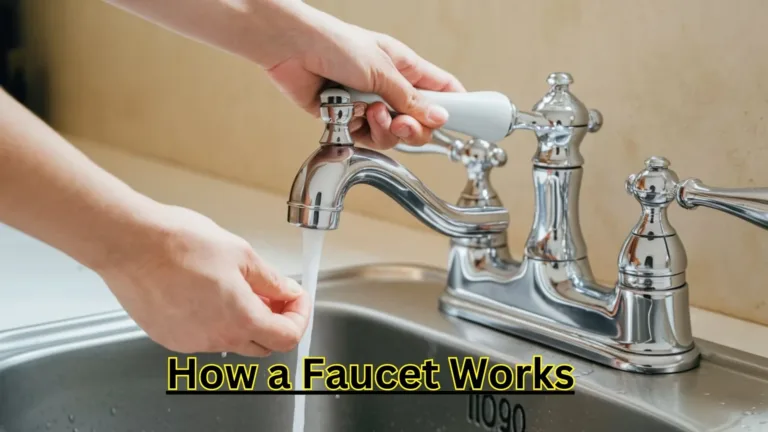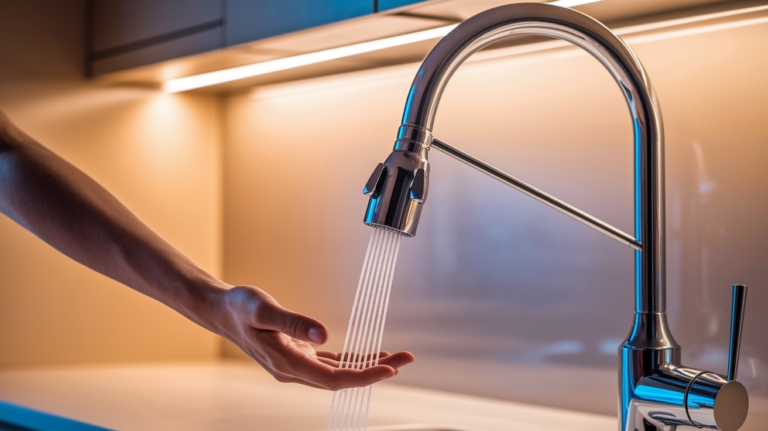How Do You Clear a Clogged Drain?
Clogged drains are a common household issue that can disrupt your daily routine. Knowing how to address this issue efficiently can save time, money, and frustration. Below, we delve into effective methods to clear various types of drain blockages. Try these DIY Techniques to unclog the drain.

Here we look into, Severly clogged drain, Grease clogged drain and the unclogging schedule for clogged drains. “An ounce of prevention is worth a pound of cure.” is the only way to keep your drain clog-free.
How Do You Unclog a Severely Clogged Drain?
Dealing with a severely clogged drain requires persistence and the right techniques. Here’s a step-by-step approach:
- Use a Plunger
A plunger is essential for unclogging stubborn drains in the household. Create a seal over the drain and use firm, consistent pushes to dislodge the blockage. Repeat until water starts to flow. - Try a Drain Snake
A drain snake, or auger, is specifically designed to handle severe clogs. Insert the snake into the drain, twist it to capture debris, and pull it out carefully. Repeat this process several times until the blockage is cleared. - Utilize Baking Soda and Vinegar
Natural remedies can also be effective. Pour half a cup of baking soda followed by half a cup of vinegar into the drain. Let the mixture fizz for 30 minutes, then flush it with boiling water. - Apply Chemical Drain Cleaners
For tougher clogs, chemical drain cleaners can break down stubborn debris. However, use them sparingly, as excessive use can damage pipes over time.

What Is the Best Solution for Clogged Drains?
Choosing the right solution depends on the severity and type of clog. Here are some of the best methods:
- Manual Tools: Plungers and drain snakes are reliable and reusable tools for most clogs.
- Natural Ingredients: Eco-friendly solutions like baking soda and vinegar are safe for your plumbing system and the environment.
- Enzymatic Cleaners: Enzyme-based drain cleaners work well for breaking down organic matter without the harsh effects of chemicals.
- Professional Assistance: When all else fails, a plumber has specialized tools and expertise to solve severe blockages.
How to Clear a Clogged Main Drain?
Clogged main drains can pose serious problems as they affect the entire plumbing system. Here’s how to address them:
- Check for Cleanouts
Locate the main cleanout point, typically outside the house or in the basement. Use a wrench to remove the cap carefully. - Inspect for Blockages
Shine a flashlight into the pipe to identify visible obstructions. Use a plumbing snake to break through and pull out large debris. - Hydro Jetting
Hydro jetting is a powerful method where high-pressure water blasts away clogs and residue inside the pipe. This is usually best left to professionals. - Call a Professional
If DIY methods don’t work, contact a plumbing specialist with advanced equipment like sewer cameras to locate and clear the blockage effectively.

What Is the Best Way to Fix a Clogged or Slow Drain?
Slow drains can indicate partial blockages that require prompt attention. Follow these steps to fix them:
- Remove Drain Stoppers: Hair and debris often accumulate around drain stoppers. Remove and clean them thoroughly.
- Flush with Hot Water: Pour boiling water down the drain to dissolve soap scum and grease.
- Use a Wire Hook: Straighten a wire coat hanger, create a hook at the end, and remove blockages near the drain’s opening.
- Maintain with Regular Cleaning: Prevent future slow drainage by regularly using mild cleaning solutions.

How to Unclog a Greased Drain?
Grease is a notorious drain clogger, especially in kitchen sinks. Here’s how to tackle this issue:
- Boiling Water and Dish Soap
Pour boiling water into the drain to melt grease. Follow with a generous amount of dish soap to break it down further. Repeat this process several times. - Salt and Baking Soda
Mix half a cup of salt with half a cup of baking soda and pour it into the drain. After 15 minutes, add boiling water to flush away the mixture and grease residues. - Use a Wet-Dry Vacuum
A wet-dry vacuum set to the liquid setting can suck out greasy clogs effectively. Ensure you use the appropriate attachment for the drain. - Avoid Future Build-Up
Dispose of cooking grease in a container rather than pouring it into the drain. Use strainers to catch food particles and clean them frequently.
Drain Cleaning Schedule
Regular cleaning is essential to keep drains functioning optimally. Here’s a cleaning schedule you can follow to maintain your drainage system:
| Task | Frequency | Description |
|---|---|---|
| Remove and clean drain stoppers | Weekly | Check for accumulated hair or debris and clean thoroughly. |
| Pour boiling water into drains | Weekly | Dissolve soap scum and prevent grease build-up. |
| Use baking soda and vinegar | Bi-weekly | Natural cleaning solution to maintain drain freshness and flow. |
| Inspect kitchen drains for grease | Monthly | Check for grease and food particle build-up, and clean as necessary. |
| Snake or auger pipes | Every 3–6 months | Prevent clogs by removing hidden obstructions. |
| Professional inspection | Annually | Conduct a professional check-up to ensure the main drain is clog-free. |
Proactive Drain Maintenance Tips
Preventing clogs is better than dealing with them. Here’s how to keep your drains in optimal condition:
- Regularly pour hot water down your drains.
- Use strainers to catch hair and debris.
- Avoid disposing of grease, coffee grounds, and fibrous foods in sinks.
- Schedule professional inspections for your main drain annually.
Knowing how to handle clogged drains effectively is vital for a clean, functional plumbing system. Implement these strategies to avoid costly repairs and disruptions.
FAQ’s
Do Dishwasher Pods Clog Drains?
Dishwasher pods rarely clog drains, but they can if they don’t dissolve fully, if overused if you have hard water, or if the drain lines are damaged. To avoid this, use the recommended dosage of high-quality pods, run a hot water cycle first, and ensure drain lines are in good condition.
How to Unclog a Faucet?
Clean the Aerator
Unscrew the aerator, soak it in vinegar for 15–30 minutes, and scrub it to remove soap residue and mineral deposits.
Flush the Lines
Disconnect and flush the faucet line to remove internal build-ups.
Replace the Aerator
If the aerator remains clogged despite cleaning, consider replacing it.
Seek Professional Help
If these methods don’t work, a plumber can perform advanced cleaning to restore faucet functionality.





